Cats have walked alongside humans for millennia, weaving their way into the fabric of various cultures worldwide. Their enigmatic allure and independent nature have fascinated societies, securing their place as beloved companions. This article explores the rich tapestry of feline history, delving into how these remarkable animals have been revered, adored, and even deified across different cultures and epochs.
Ancient Egypt: Divine Felines
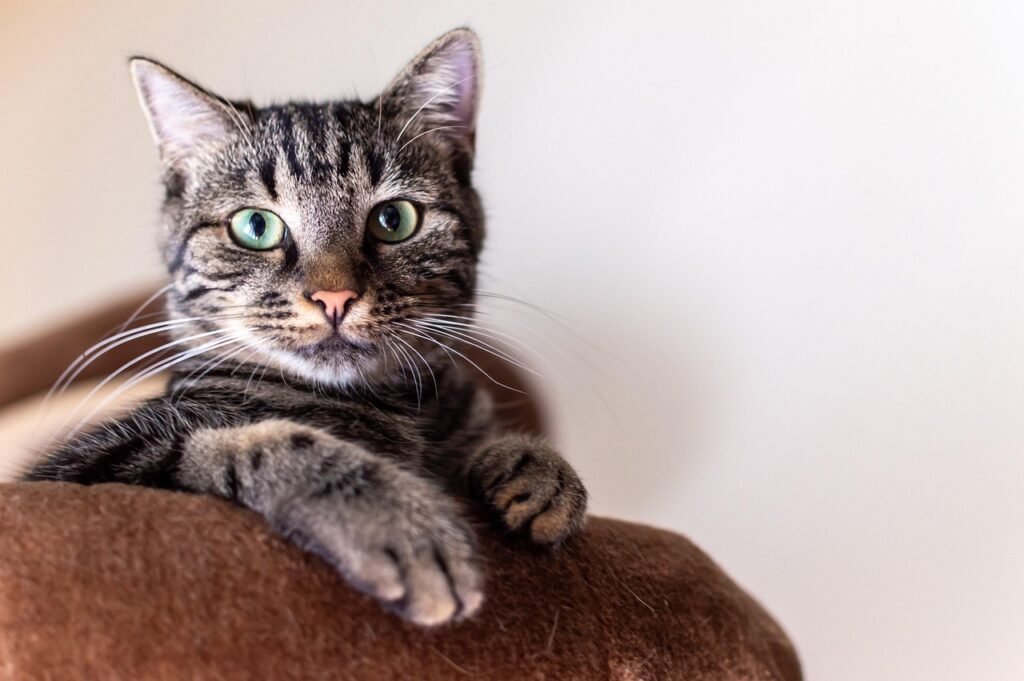
The story of cats as cherished companions begins in ancient Egypt, where they were regarded as embodiments of the divine. Cats were closely linked to Bastet, the goddess of home, fertility, and protection. Families would often keep cats to invoke her favor, and harming a cat was considered a grave offense. As protectors of granaries from vermin, cats were not only divine but also indispensable assets in the everyday life of Egyptians.
Rome and Greece: Guardians and Symbols
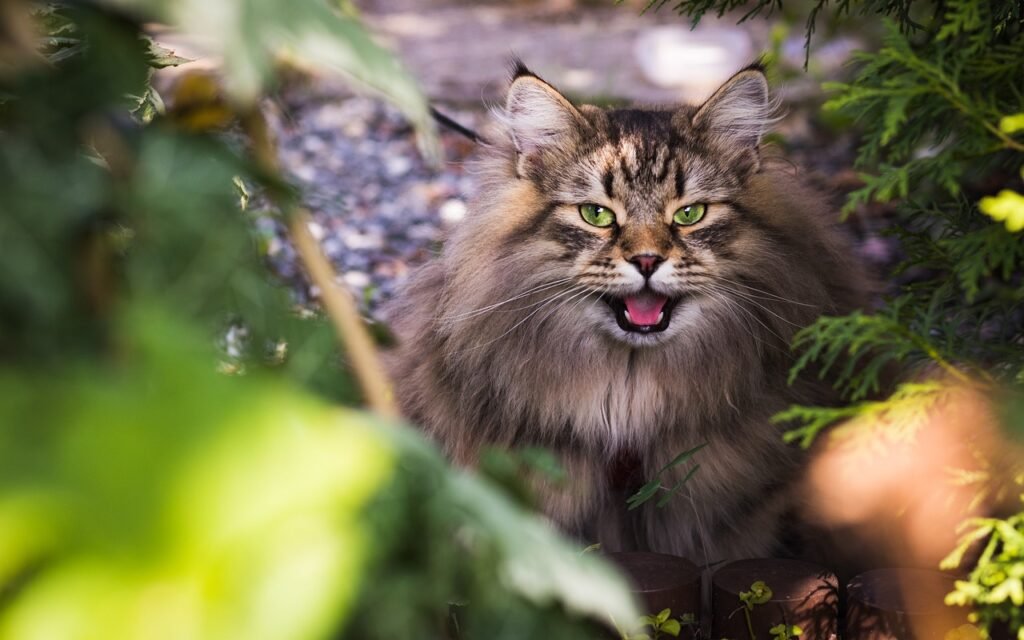
In Rome and Greece, cats served both practical and symbolic roles. While Romans relied on them to keep rodents at bay in their homes and granaries, cats also symbolized liberty and independence, traits valued in these expansive empires. Their appearances in Greek mythology, such as the story of Atalanta who was turned into a cat, further cemented their cultural significance.
Norse Culture: The Cat-Drawn Chariot of Freyja
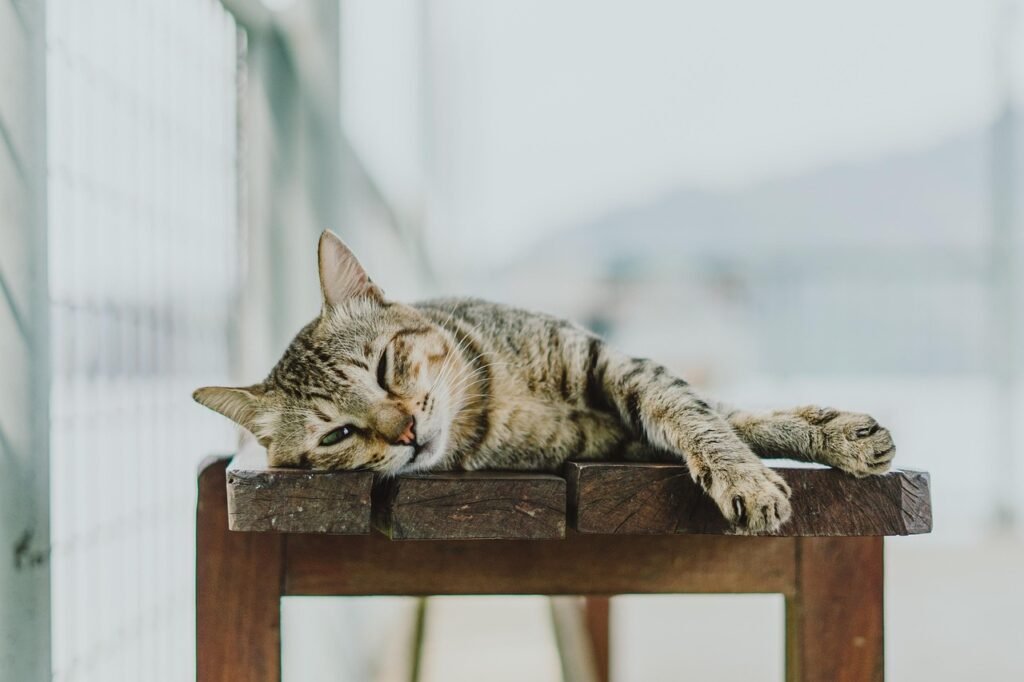
In Norse mythology, cats were associated with Freyja, the goddess of love and fertility. Legends spoke of her cat-drawn chariot, reflecting their respected status. As a result, the Norse people viewed cats as creatures to be treasured, and they were often associated with domestic happiness and good fortune.
Asia: Cats as Spiritual Protectors
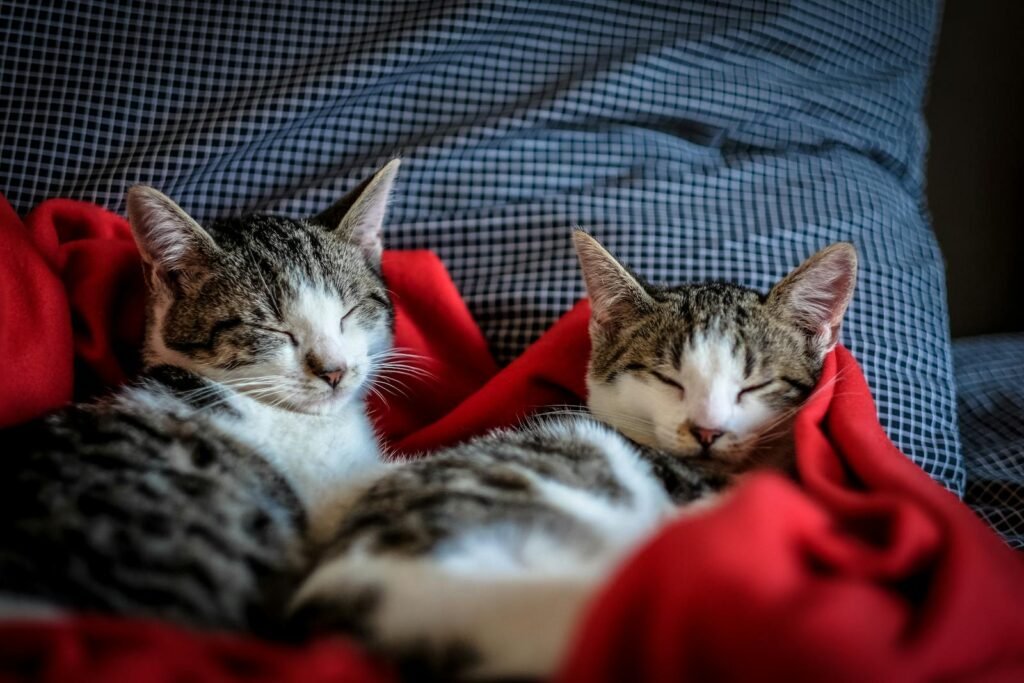
Across various Asian cultures, cats have been integrated into spiritual and religious practices. In China, they were believed to have protective qualities, and in Japan, the famous “maneki-neko” or beckoning cat is a talisman believed to bring good luck and prosperity. Cats were celebrated for their ability to ward off evil spirits and misfortune.
Medieval Europe: From Suspicion to Adoration
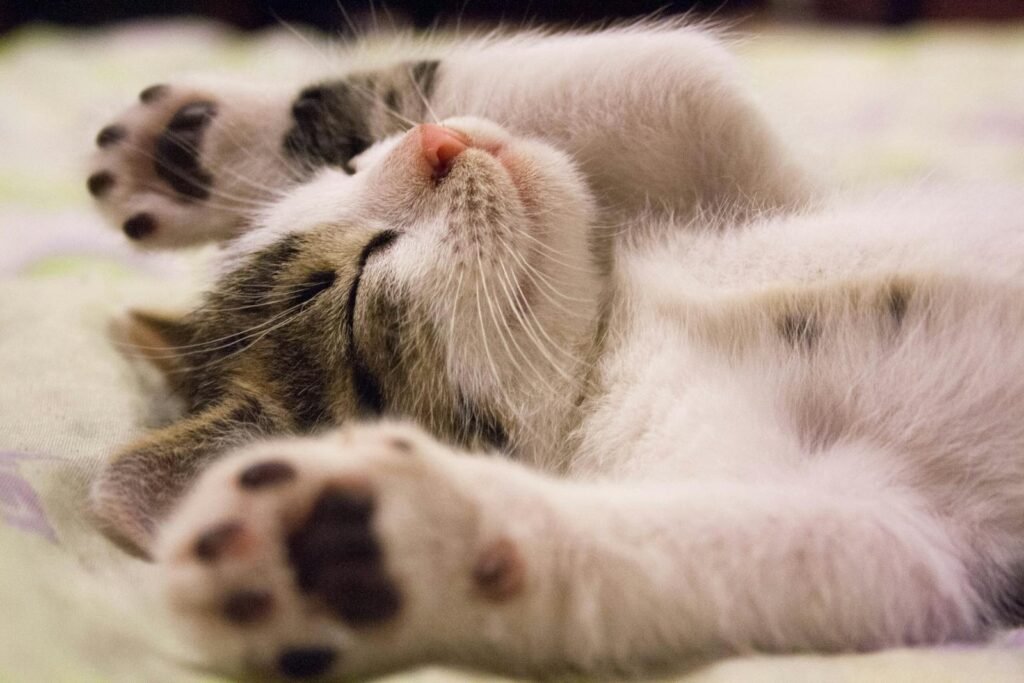
The Middle Ages in Europe were an era of superstition, and unfortunately, cats often found themselves the subjects of suspicion, especially black cats. They were frequently associated with witchcraft and were vilified. However, as the understanding of their value in pest control grew, cats gradually regained favor, evolving into beloved family companions.
The Renaissance: A Resurgence of Feline Admiration
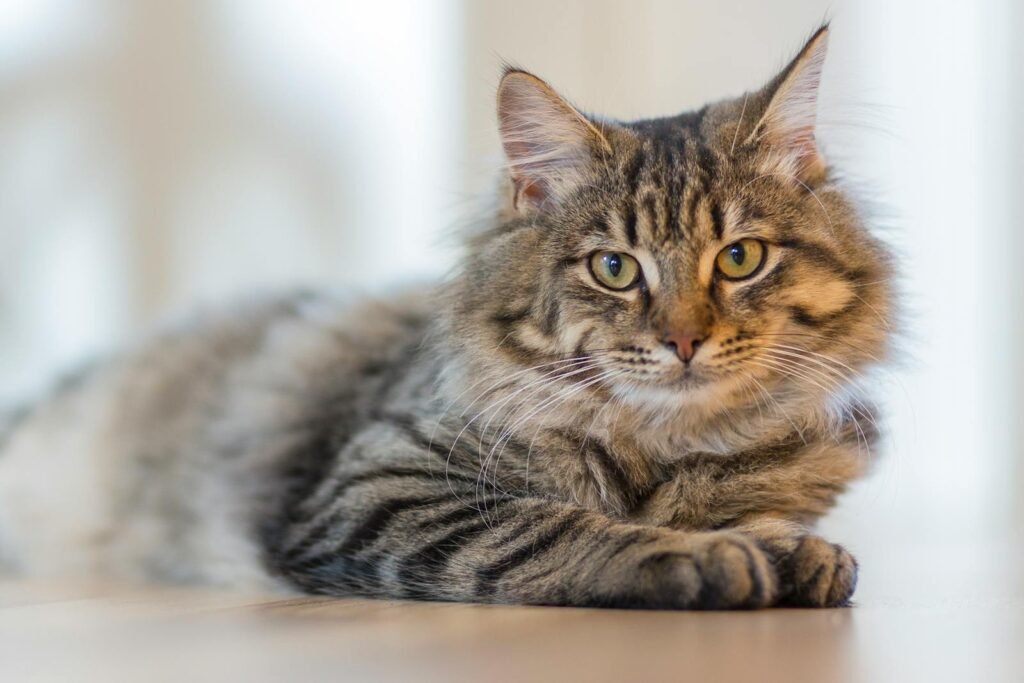
The Renaissance period ushered in a renewed admiration for cats. Artists and thinkers of this time began to depict cats more affectionately in their works, appreciating their grace and mystery. This cultural shift highlighted a more profound understanding and acceptance of cats as companions and muses.
Native Cultures: Cats in Folklore
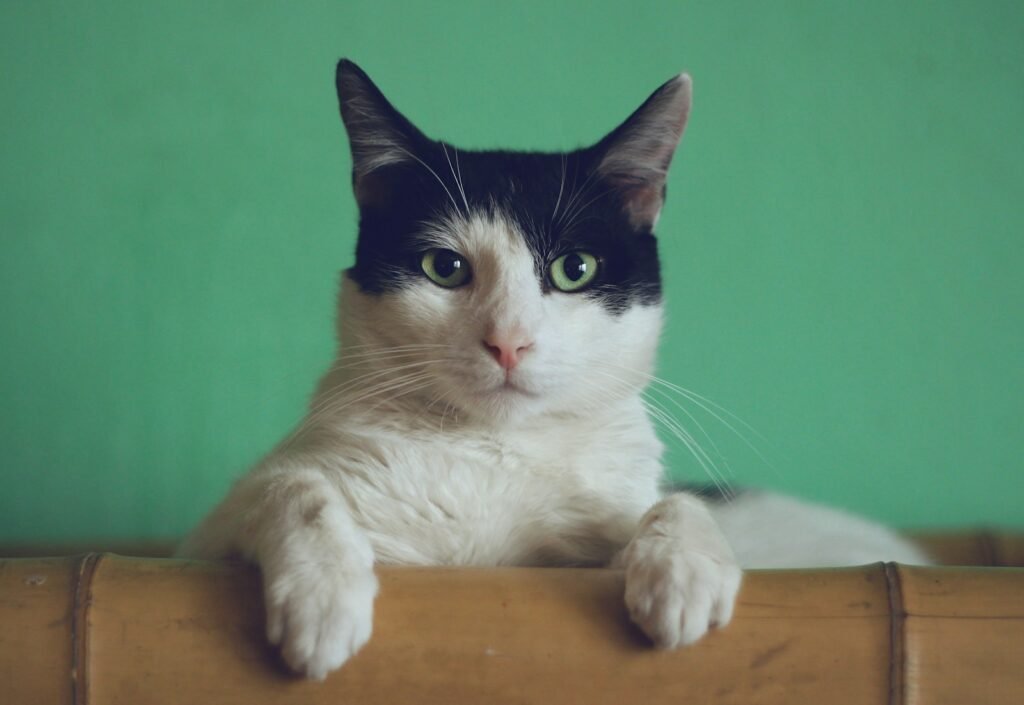
Some Native American tribes held cats in high regard, often attributing to them mystical qualities. While not as common as in other cultures, stories and legends around cats did exist, usually involving themes of transformation, protection, and curiosity.
The Victorian Era: The Cat’s Social Ascendancy
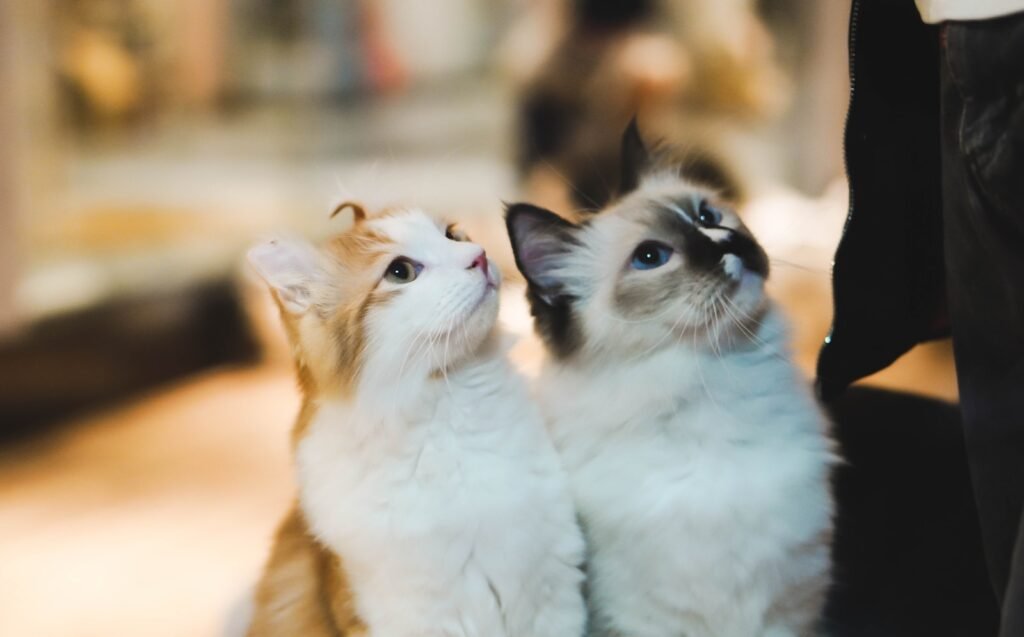
During the Victorian era in Britain, cats experienced a social ascent. They became symbols of domesticity and were often featured in literature and art as cherished pets. The period also saw the rise of cat shows in the late 19th century, further solidifying their status as valued members of society.
Modern Times: Cats as Global Companions
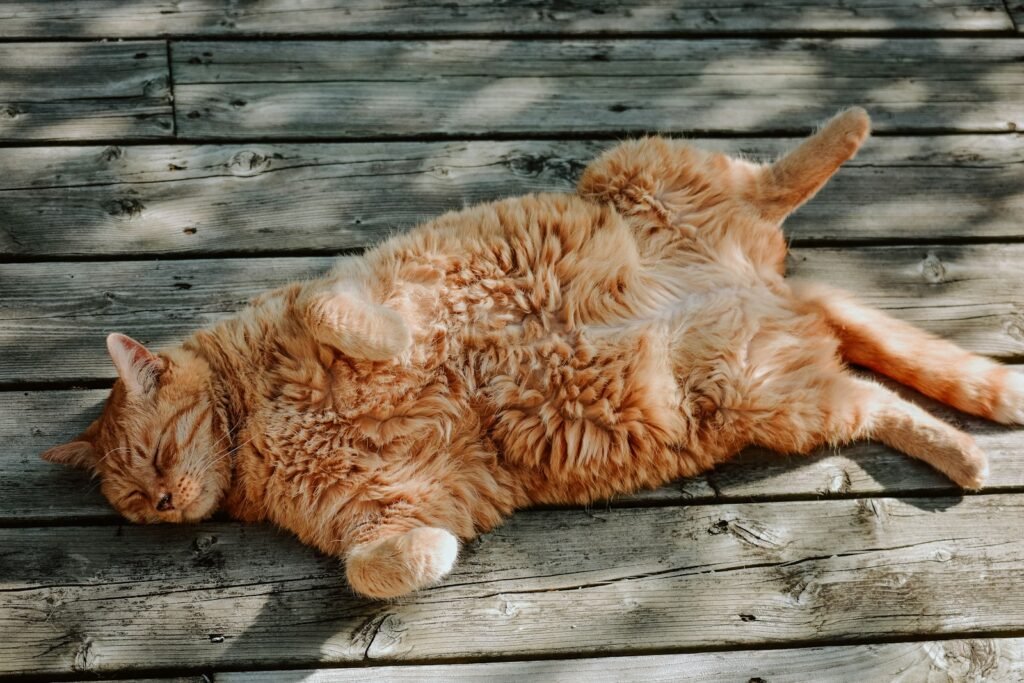
Today, cats are one of the most popular pets worldwide, adored for their playful yet independent nature. In modern societies, they are often viewed as family members, providing companionship and joy. This widespread affection highlights their enduring charm and adaptability across borders and cultures.
Conclusion: The Timeless Appeal of Cats
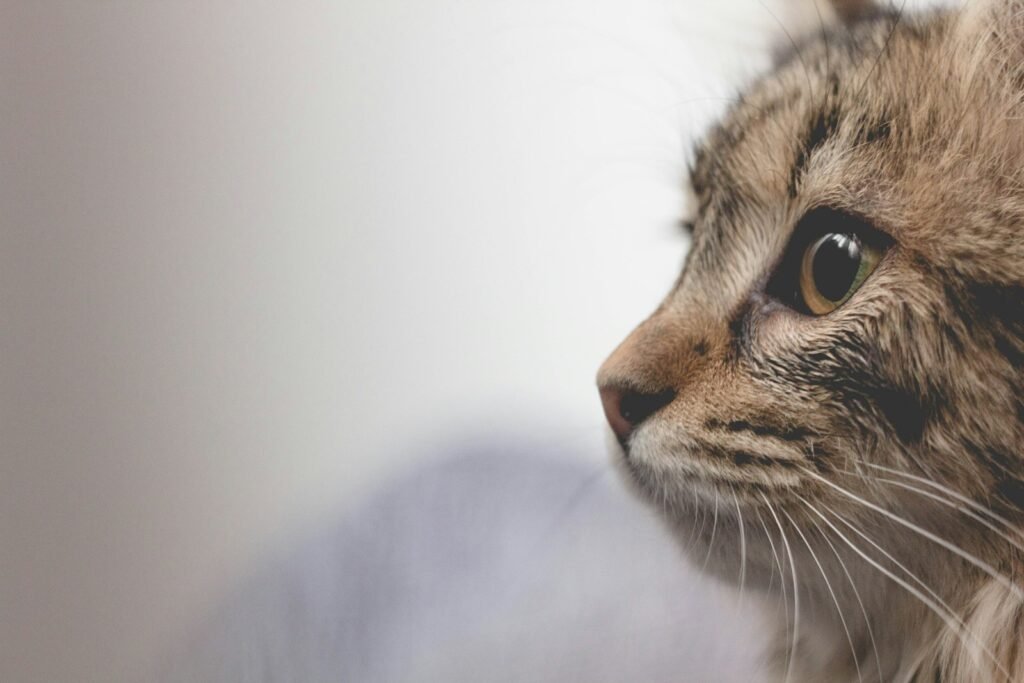
From divine symbols in ancient temples to cherished household companions, cats have carved out a unique place in human history. Their enigmatic nature and functional partnership with humans have ensured their continued presence across various cultures and epochs. Whether revered as deities, guardians, or cherished pets, cats remain unparalleled in their ability to fascinate and endear themselves to humanity, a testament to their timeless appeal.
Hi, I’m Bola, a passionate writer and creative strategist with a knack for crafting compelling content that educates, inspires, and connects. Over the years, I’ve honed my skills across various writing fields, including content creation, copywriting, online course development, and video scriptwriting.
When I’m not at my desk, you’ll find me exploring new ideas, reading books, or brainstorming creative ways to solve challenges. I believe that words have the power to transform, and I’m here to help you leverage that power for success.
Thanks for stopping by, Keep coming to this website to checkout new articles form me. You’d always love it!






